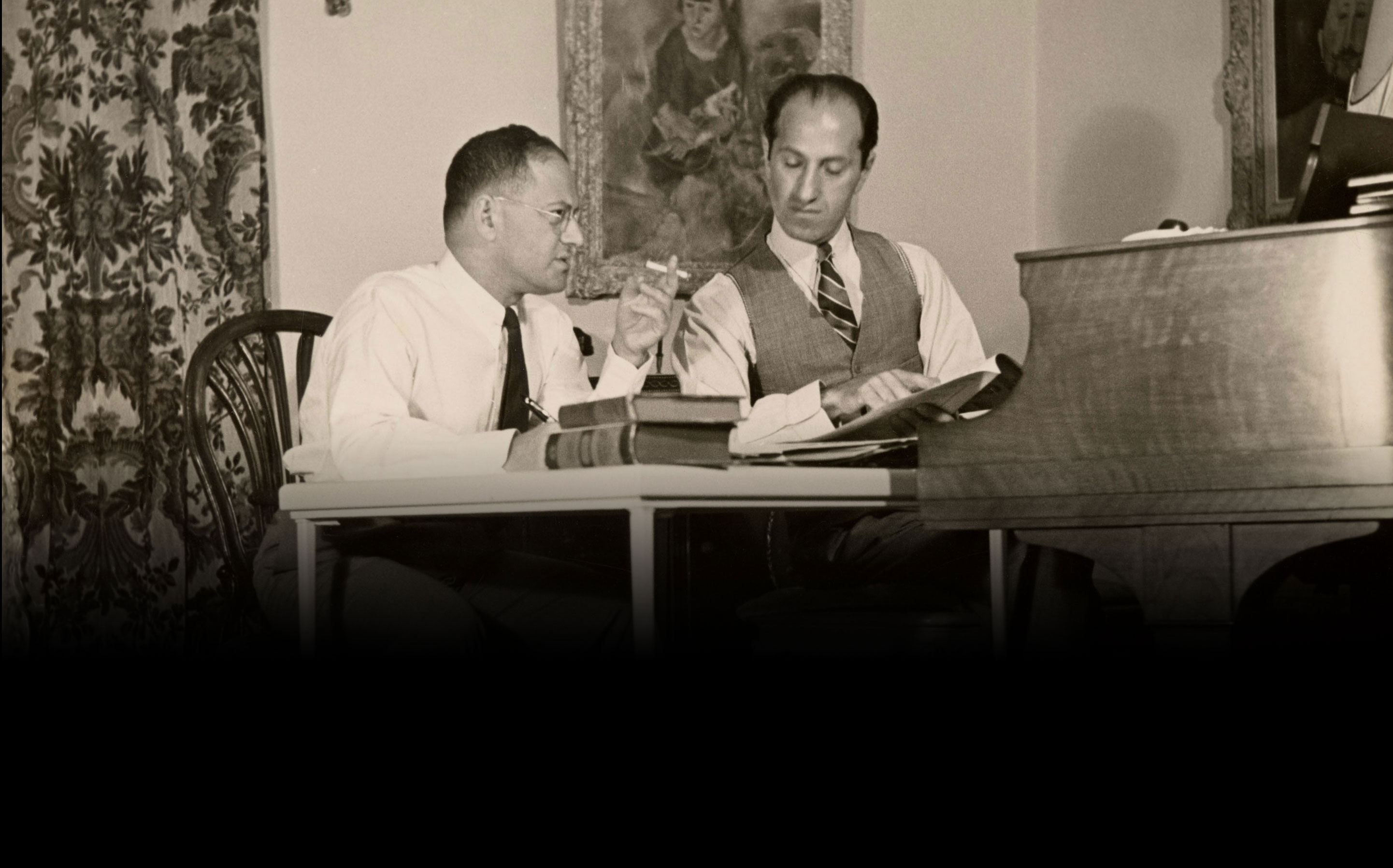Behind the Critical Edition: What Does The Gershwin Initiative Do?
You’ve seen us hard at work on Instagram and Facebook, and may have even heard a recent test performance or a premiere of one of our critical editions. But what exactly does the Gershwin Initiative do? Today, we talk about the behind-the-scenes work of creating a critical edition that’s both scholarly and playable. By Allison Chu The Gershwin Initiative is an ongoing scholarly effort charged with creating the first critical editions of George and Ira Gershwin’s works. Typical editions of a musical work may have changes that are rarely explained or made explicit, and may be made without consideration […]
